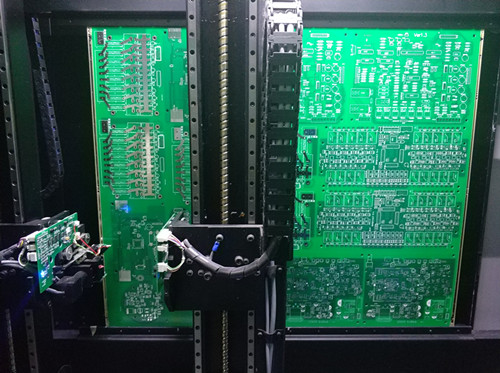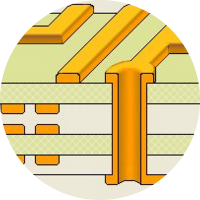PCB Assembly Testing Methods
Due to the development of SMT technology, components of PCBA assembly become smaller and smaller, so that PCBA has more powerful functions. At the same time, it also brings tremendous challenges for testing. Testing is a critical step to ensure that high quality PCBA products are delivered to customers. Inspection and testing can mitigate these risks. The following is a collection of PCBA test methods.
1. Manual Visual Inspection
Visual inspection can be implemented in every step of the PCBA process. The manual visual inspection of PCBA assembly is the most original method in PCBA quality inspection. Only eyes and magnifiers are used to check the welding condition of PCBA board circuit and electronic components, such as welding mode, whether the welding joints are bridged, whether less welding and incompleteness of welding occur. Magnifier is the basic tool in visual inspection, and metal needle can be used to check the welding incompleteness of IC lead.
2. In Circuit Tester (ICT)
In circuit tester is widely used in PCBA processing industry because of its excellent testing and inspection performance. ICT can almost find welding and component problems in PCBA. It has high speed and stability. Among them, the electric probe tests the filled printed circuit board (PCB), checks the short circuit, open circuit, resistance, capacitance and others to show whether the components are manufactured correctly.
3. Automatic Optical Inspection (AOI)
Automatic optical testing is a non-contact testing method. Automatic optical inspection plays an important role in inspection. Automatic optical inspection is an automatic visual inspection in the manufacturing process of printed circuit boards, in which the camera automatically scans catastrophic faults (such as missing parts) and quality defects (such as corner size or shape or component deflection) of the PCBA board.
4. Automatic X-ray Inspection (AXI)
For the widespread use of BGA and CSP, typical detection methods such as ICT can not check the embedded solder joints of components. AXI can test misalignment, lack of ball and solder deposition. AXI uses X-rays to penetrate solid objects to capture their photographs. It can be divided into two types: 2D and 3D.
5. Functional Circuit Testing (FCT)
Functional circuit testing is the last test of PCBA products before they go on sale. Unlike other detections (such as AOI, AXI and ICT), FCT aims to make UUT (unit under test) work in an analog environment and use output data to check its actual performance.
6. Sample Inspection
Prior to mass production and assembly, PCB manufacturers and assemblers usually conduct the first sample inspection to check whether SMT equipment is properly prepared, so that vacuum nozzles or arrangement problems can be avoided in mass production, leading to problems in PCBA board production, which is called the first test.
7. Flying Probe Tester
The flying probe is suitable for the inspection of PCB with high complexity and high cost. The design and inspection of the flying probe can be completed in one day with relatively low assembly cost. It can check the open circuit, short circuit and direction of components installed on PCB. In addition, it works well in identifying component layout and alignment.
8 Manufacturing Defect Analyzer (MDA)
The purpose of MDA is to test the board intuitively to reveal manufacturing defects. Since most manufacturing defects are simple connection problems, MDA is limited to measuring continuity. Usually, the tester will be able to detect the presence of resistors, capacitors and transistors.
PCBbee.com offers high quality PCB assembly service, we quote precise PCBA price within 2 hours. Quote now!
 Sign In
Sign In Join Free
Join Free



